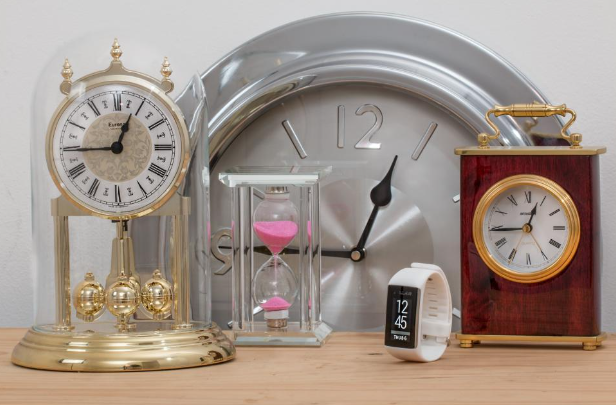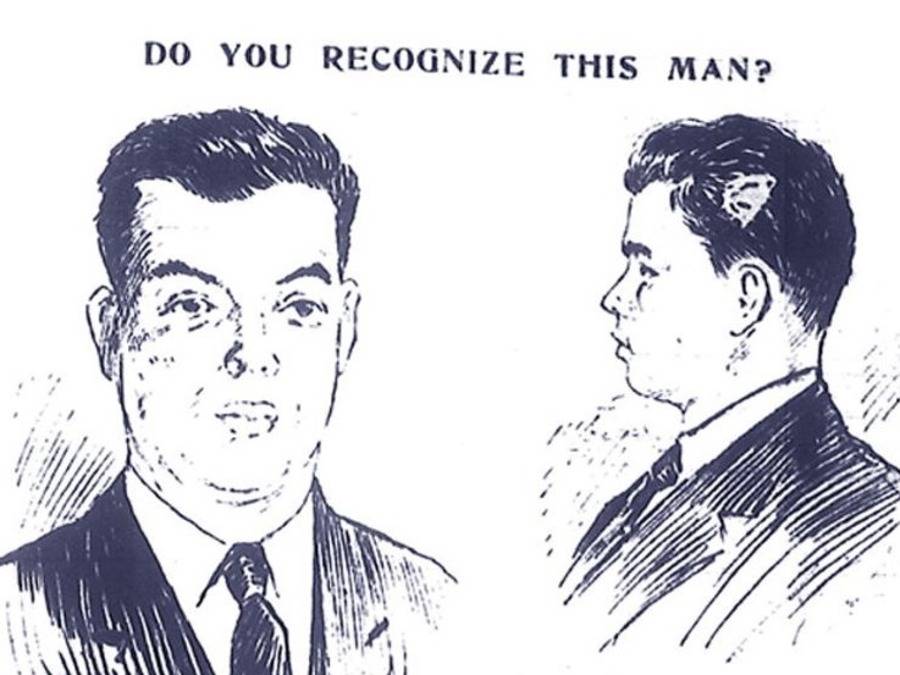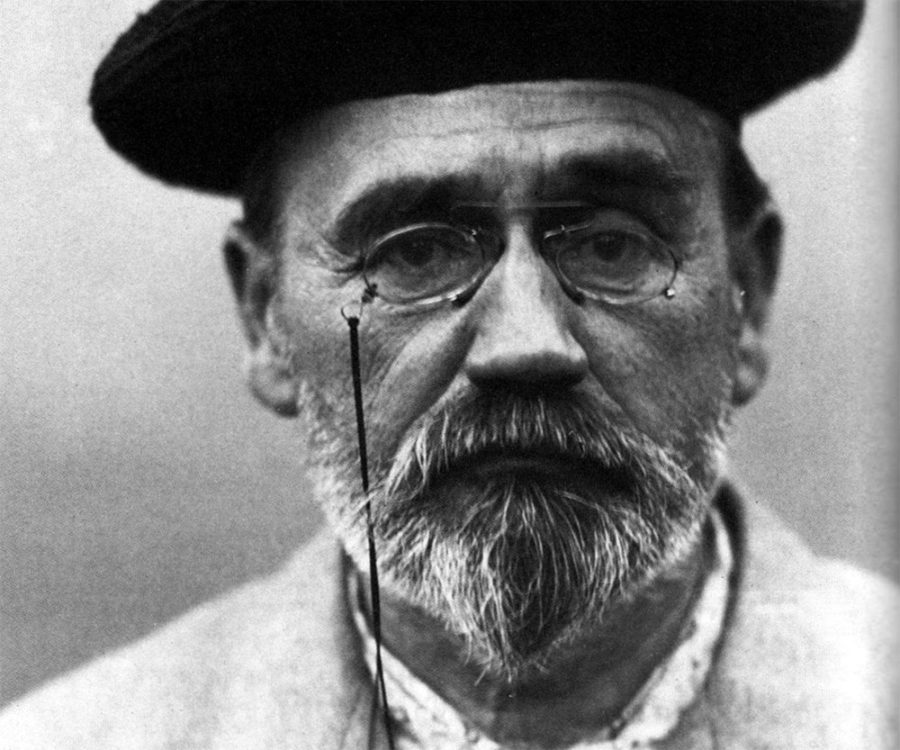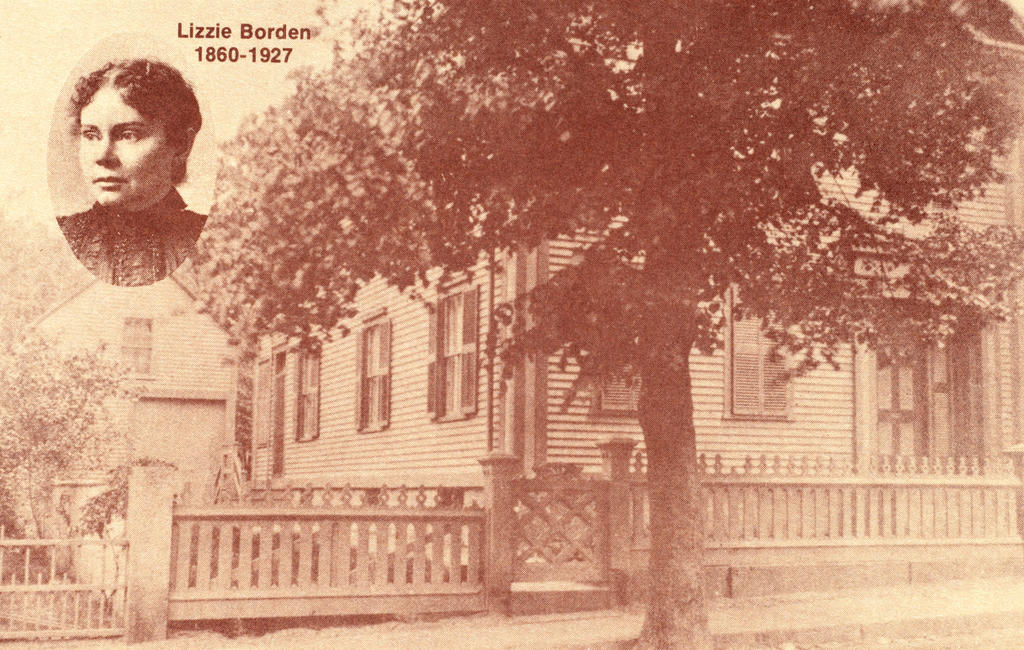Throughout history, men have harmed women time and time again as we all know. The men mentioned below didn’t only harm the possibilities of them moving onto bigger and better things but led to years of misinformation being spread. The women behind these inventions are not getting the credit and attention they deserve for these ideas all these years. These men single-handedly ruined the career these women should’ve had.
Starting with wireless connection, Hedy Lamarr began working with George Antheil at the start of World War II to develop the idea of “frequency hopping,” which could’ve helped prevent military radios from being bugged. Hedy Lamarr (previously Hedwig Eva Maria Kiesler) was a top Austro-Hungarian-born American actress in Hollywood. Unfortunately for Hedy, the U.S. Navy rejected her patent and used her findings to create new technology without permission or credit. Years later, her patent was found by a researcher, which led to Lamarr being given the Electronic Frontier Foundation Award before her untimely death in 2000. Hedy Lamarr was not appreciated enough in her time, but everyone who enjoys WiFi and Bluetooth nowadays would’ve loved her. While she didn’t invent WiFi or Bluetooth, her patent was a stepping stone toward their creation, and the reason the two exist now.
Elizabeth Magie Phillips created the idea for Monopoly, originally called The Landlord’s Game, in 1903 as a way to protest against people who had a monopoly, like Andrew Carnegie and John D. Rockefeller. Charles Darrow saw everyone around him play The Landlord’s Game as it began gaining popularity and it pushed him to create his version, Monopoly. By 1934, Darrow had shown his “creation” to Milton Bradley and Parker Brothers, who both rejected the idea. In 1935, Monopoly became the best-selling board game in America, making Darrow the first-ever millionaire game designer, of a stolen idea.
Mary Anderson created the idea of windshield wipers when she was being driven somewhere in the snow. Mary realized the driver couldn’t see out of the windows and to clear them, he’d have to open the window, lean out of the vehicle, or turn off the car and get out to wipe the snow off with their hands. Anderson applied for a patent in 1903 and was granted a 17-year patent for her invention. In the 50s and 60s, when faster cars were being made, companies thought it was a good invention and began making them. When she got back to Alabama, she hired a designer for a device that kept the windshield clear and had a local company model. Her device had a lever inside the car that would activate the wipers, and a counterweight was used to make sure the wipers were touching the glass. The wipers could also be removed at any given moment so you can remove them after winter if you no longer needed them. When Anderson filed for a patent for her invention in 1903, cars were still not very common or popular. Because of this, when she tried to sell the rights using a Canadian firm of Dinning and Eckenstein in 1905, they rejected her. They figured that a driver attempting to turn on the wipers and the fact that they’re moving would eventually cause them to get distracted. By 1913, windshield wipers were standard for cars, the first car brand to add them being Cadillac. Unfortunately, Mary never profited from her idea, as the patent expired in 1920. In 1967, 14 years after Anderson passed, Robert Kearn filed for multiple patents for wipers that paused between swipes to be used when it was only raining lightly.
Alice Guy-Blache made 100+ films in the 1900s before marrying the manager of the studio she was employed at, Herbert Blaché. She opened Solax Studios in 1910, becoming the first woman to open her studio. Supposedly, Blaché was switching gender roles in movies before people were even aware of gender roles. In one movie, she portrayed a life/world where women thrived in typically male roles and men were trapped under oppression. Her name did not make it as the face behind her studio. Herbert convinced Alice to merge companies after he opened one himself after her and let his name be credited for it. Blaché left the industry for a while when her life had changed because of personal and occupational disappointments, then spent a lot of her life trying to find her place in the industry that she helped create and build.
As you can see, women have yet to be given the credit they are due for these inventions and unfortunately, the women listed above are not the only women whose ideas were stolen. Women discovered so many other things like the DNA double helix, the paper bag machine, nuclear fission, home security systems, malaria treatments/medicine, and life rafts which were fireproof and foldable, as well as had guard rails. Some of these women never got the opportunity to receive money, awards, or any sort of credit for these inventions because they passed away before it happened. Luckily, we were able to figure out who truly created these items and give them the credit they should’ve gotten in the first place.


























































































































